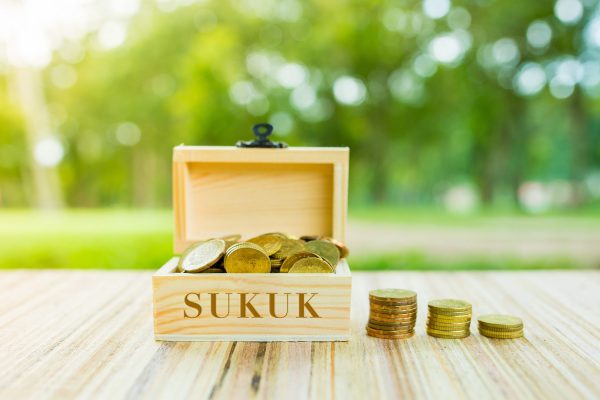Global Sukuk Issuance Set To Increase In 2021
Accounting/Finance

January 13, 2021, 7:33 am
Market conditions should remain buoyant throughout 2021, with record-low interest rates and abundant liquidity. S&P Global Ratings forecasts total sukuk issuance of about $140 billion–$155 billion this year, thanks to a recovery in issuance in Malaysia, Indonesia, and the Gulf Cooperation Council (GCC) countries. This compares with a drop in issuance to $139.8 billion in 2020 from $167.3 billion a year earlier.
While more restructurings or defaults could occur in 2021, if investors are able to gain clarity on their financial recourse mechanisms, this will probably outweigh the negative impact on market sentiment.
We expect GDP growth in the core Islamic finance countries–the GCC countries, Malaysia, Indonesia, and Turkey–to recover from a sharp recession in 2020. We also assume that the price of oil will stabilize at about $50 per barrel in 2021. Together, these factors underpin a stronger performance by the global sukuk market in 2021 than in 2020.
However, downside risks for the core Islamic finance countries remain significant. Chief of these is whether the COVID-19 pandemic can be brought under control, even if a vaccine is widely available by mid-year, which is our baseline assumption. Until then, the main risk is that further waves of COVID-19 and the requisite containment measures may harm the countries’ fragile economic recovery. This could affect the countries directly, or indirectly through lower commodity prices, exports, and capital flows.
The number of defaults or restructurings among sukuk issuers with low credit quality will likely increase in 2021 as regulatory forbearance measures come to an end. This will test the robustness of the legal documents used for sukuk issuances. However, if investors are able to get clarity on their financial recourse mechanisms because of these events, this will probably outweigh the negative impact on market sentiment.
Over the next 12-18 months, we could also see progress on a unified global legal and regulatory framework for Islamic finance that the Dubai Islamic Economy Development Center (DIEDC) and its partners are developing. We believe that such a framework could help resolve the lack of standardization and harmonization that the Islamic finance industry has faced for decades.
We may also see some sukuk issuances that aim to tackle the social problems arising from the pandemic or support the energy transition. These instruments could appeal to investors committed to environmental, social, and governance (ESG) values. However, we expect such issuances’ contribution to overall sukuk volumes to remain small, due to their additional complexity and the core Islamic finance countries’ slow implementation of policies to manage the energy transition.
Innovative instrument structures to finance the economic recovery and tackle social issues have popped up over the past 12 months. One such instrument was the $1.5 billion sustainable sukuk issued by the multilateral Islamic Development Bank (IsDB). The proceeds of this sukuk will go toward helping the IsDB’s member countries cope with the impact of the pandemic, particularly on health care and small and midsize enterprises.
Another example is the “Prihatin” sukuk that the government of Malaysia has issued. According to some market sources, the closest conventional instrument to this sukuk is a war bond. This sukuk has a low periodic distribution rate payable to the investors, and the government will use the proceeds to help restart the economy. The Prihatin sukuk would not only be attractive to all investors from a financial standpoint, but also to local investors, including retail investors, keen to contribute to the economic recovery.
These types of innovative instrument targeting social needs may appeal to other local or foreign investors with ESG objectives. If anything, they show that the pandemic has presented an opportunity to put the social element of ESG back into Islamic finance and demonstrate the social aspect of the Sharia goals, Maqasid. However, while we expect to see more of these instruments in 2021, we think that they will be the exception rather than the rule.
Green sukuk is another area of opportunity, owing to the energy transition starting in many core Islamic finance countries. As with social sukuk, while we expect to see some activity around green sukuk, we don’t see it as a game changer. We expect the energy transition will take a long time to materialize in the core Islamic finance countries, and as such, expect to see sporadic recourse to green sukuk. It remains to be seen if greater standardization of these instruments or their greater contribution to the economic recovery will accelerate their development.
Overall, we expect 2021 to be a relatively good year for the sukuk market. Standardization might move forward and enhance the attractiveness of the market to new issuers. Green and social sukuk are being explored slowly and will likely contribute modestly to the market over the next 12 months. Finally, while more restructurings or defaults could occur in 2021, if investors are able to gain clarity on their financial recourse mechanisms, this will probably outweigh the negative impact on market sentiment.
To read in more detail, please visit this link.










